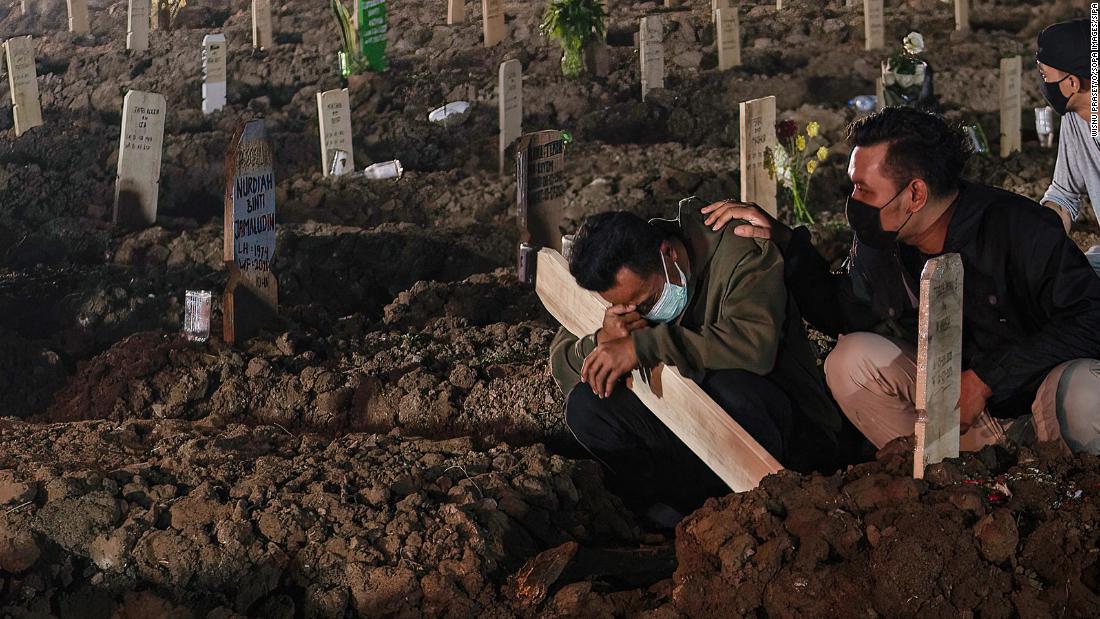[ad_1]
Lauren Redmore and her husband left Texas for the pretty town of Taylorsville in Plumas County – about 198 residents – in January.
Just six months later, she and her husband became refugees from the wildfires, having fled their home last week as the massive Dixie fire crept closer and closer.
Redmore, a social scientist who moved to northern California to work for a nonprofit focused on rural development and forestry, never expected to be faced with a fire so soon. Waiting for updates on the fate of his new home has been difficult.
“We’ve been through a very difficult time emotionally,” said Redmore, 37, who stays with friends in Corvallis, Ore.. “It was hard to keep from constantly checking the fire map.
The Dixie fire is now the 11th largest forest fire in state history after cultivating about 20,000 acres in about 24 hours. The fire surged from place n ° 13 on Thursday night.
Now burning in its third week, the massive wildfire has burned 240,595 acres in several counties north of Sacramento, according to the California Department of Forestry and Fire Protection. Containment was 24% on Friday, up 1 percentage point from several days.
Redmore is a rare newcomer to Plumas County, where the population has been declining for a long time. It’s made up mostly of tiny unincorporated Gold Rush communities nestled among pine forests, and it’s a place people tend to look for their distant neighbors. Seeing the people of Taylorsville regroup as the Dixie blaze burns has been heartwarming, said Redmore, but the fact that devastating fires are the new normal for so many Californians has been hard to swallow.
“It’s been heartbreaking, my personal grief for a place I barely know, and the collective climate grief that my young colleagues know awaits us all,” Redmore said. “I can’t imagine what it would be like to raise a child knowing that this is their future.”
At least 42 major structures were destroyed in the wake of the blaze, according to Cal Fire. More than 20 minor structures also caught fire. Those numbers are likely to rise as damage assessment teams have not been able to go to many areas where the threat of fire is still too high to send teams, said Captain Mitch Matlow, door – words from the multi-agency team managing the fire.
Mandatory evacuations In large parts of Butte, Plumas and Tehama counties, dozens of people have been displaced, and residents of neighboring Lassen County are on high alert.
Three Plumas County evacuee shelters on Thursday housed 75 displaced residents, including 17 outside the facility primarily because “they want to stay with their pets,” which are not allowed inside. , said Plumas County Deputy Sheriff Chandler Peay. an incident update.
Much of the destruction from the Dixie Fire was centered in the Indian Valley area, which has several reports of family homes in ruins.
Much of the west has been in the throes of extreme heat and drought due to the worsening climate crisis, which is drying out vegetation and fueling massive fires earlier in the year. From Thursday, 82 major fires burned nearly 1.7 million acres in 13 states, according to the National Interagency Fire Center.
More than 6,000 people are battling the Dixie fire, and firefighters are optimistic about the teams’ progress.
The growth of the fire from Thursday to Friday was modest and in part due to controlled burns, said Matlow, explaining that “one of the tools we use to fight the fire is the fire itself.”
But there are fears that a weather system moving on Friday could bring erratic winds and lighting – two ingredients that can fuel the fire and ignite new ones, he said.
On Friday morning, a base camp in Chico was consumed by smoke and a steady mass of air was floating above the fire. As the day warms and the weather front strengthens, this air mass is expected to become unstable.
The winds could become unpredictable, with updrafts threatening to create a dramatic pyrocumulonimbus cloud above the blaze. The outgoing winds hit the ground and move through the drainages. Erratic winds can cause erratic fires, Matlow said, “because fire goes where the wind pushes.”
window.fbAsyncInit = function()
FB.init(
appId : ‘134435029966155’,
xfbml : true,
version : ‘v2.9’
);
;
(function(d, s, id)
var js, fjs = d.getElementsByTagName(s)[0];
if (d.getElementById(id)) return;
js = d.createElement(s); js.id = id;
js.src = “https://connect.facebook.net/en_US/sdk.js”;
fjs.parentNode.insertBefore(js, fjs);
(document, ‘script’, ‘facebook-jssdk’));
[ad_2]
Source Link






